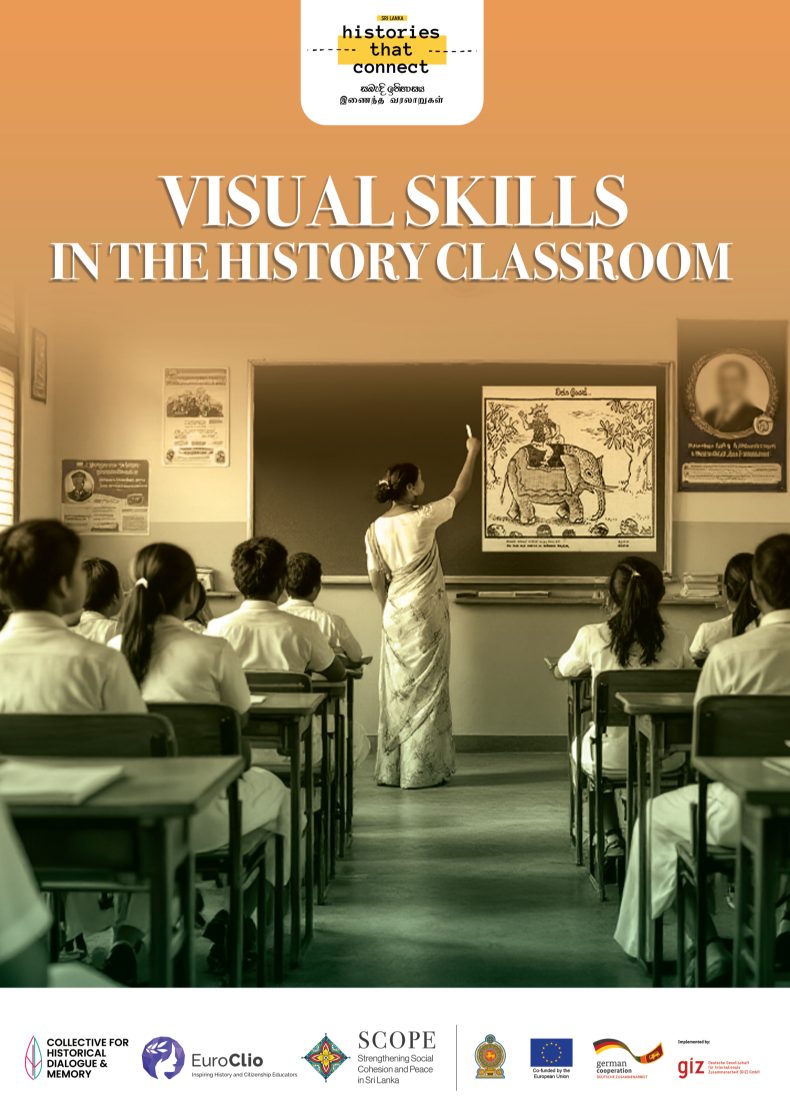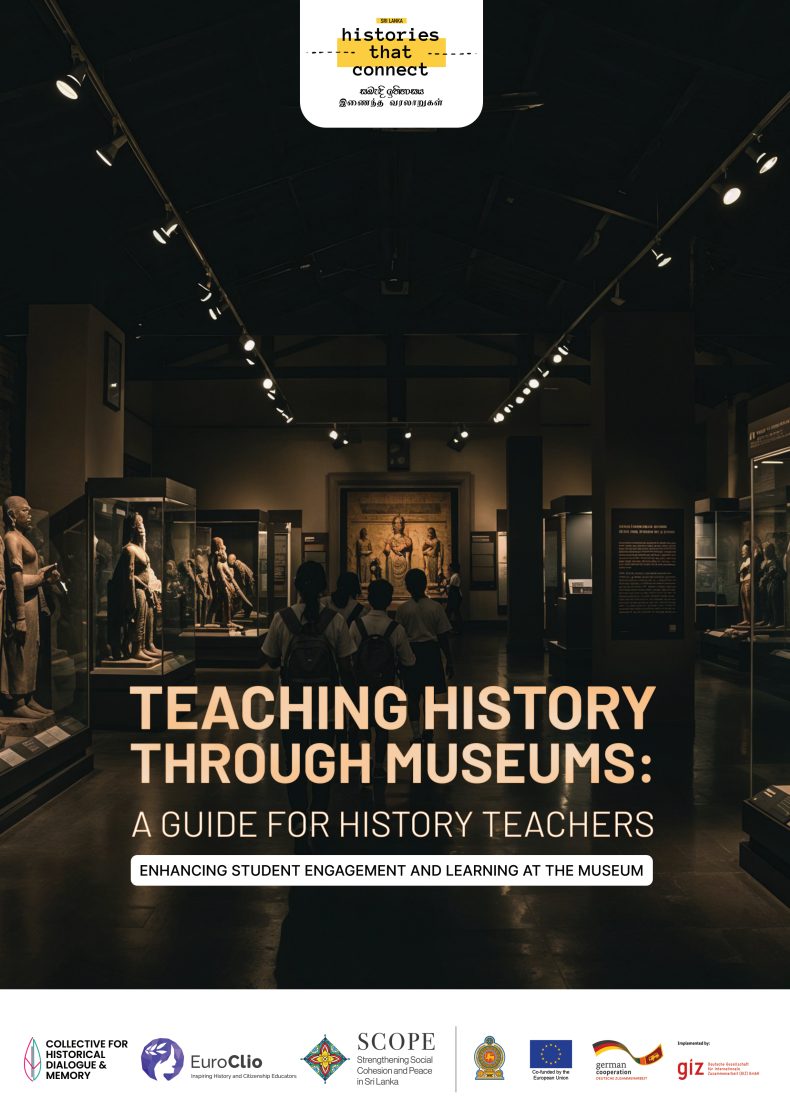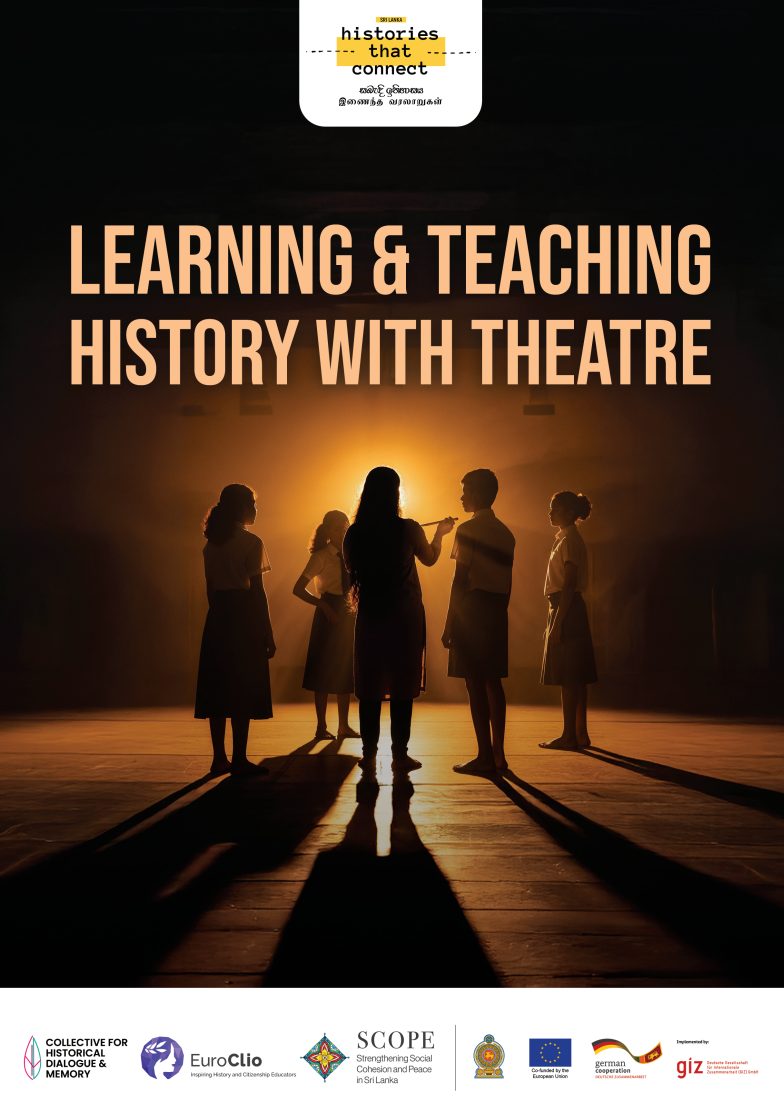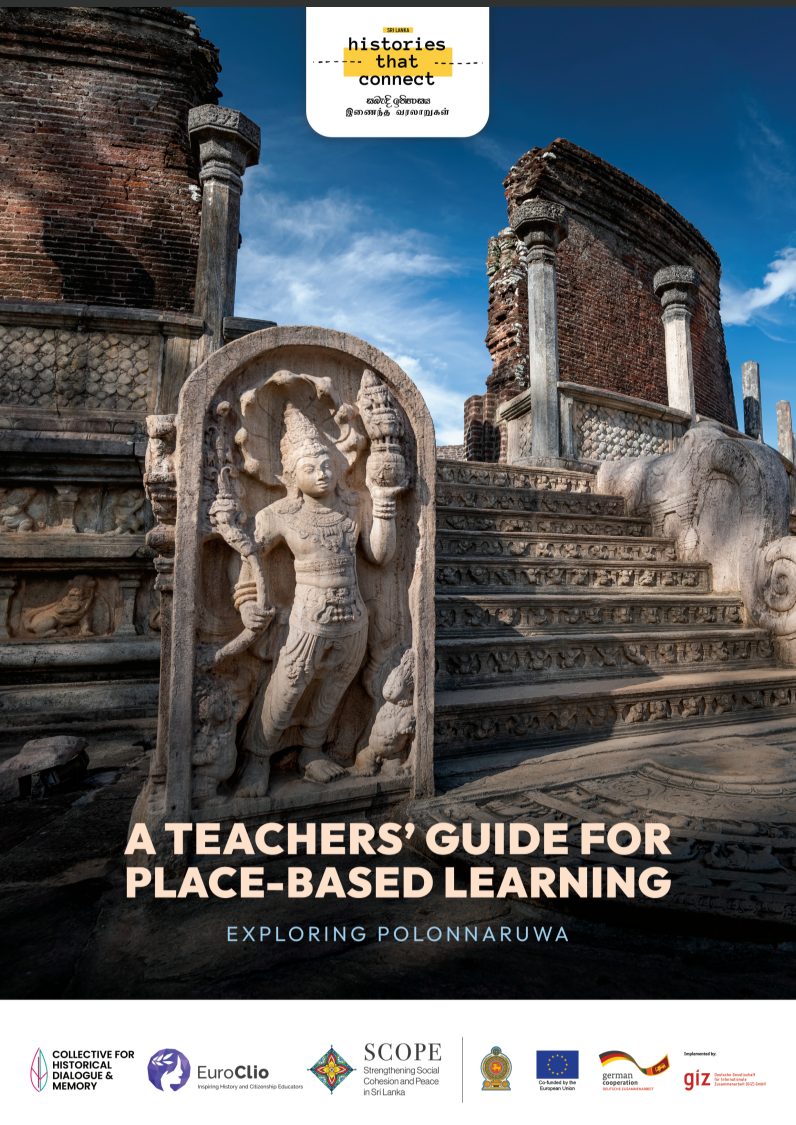In response to the visit of a diverse group of 15 international students from 16-19 years old (Youth for Europe project) to the Anne Frank House, Barry van Driel and his colleagues set up the “memory walk’’, which has been developed to give students the opportunity to examine the past and remembrance of that past in a proactive critical manner, to raise awareness, foster a sense of belonging, build social skills and competences. During the ‘’memory walk’’ students receive the assignment to visit a monument or informal migrant leader in their city and to interview people passing by or informal migrant leaders. Once they return to the class, their job is to critically process all of the information and to present this to the class which allows the class also to profit from the research that has been done and to transform perspectives on history and remembrance in the classroom.
The Practice
About the interviewee
Barry van Driel is the Secretary General of the International Association for Intercultural Education, and the International Director for Teacher Training and Curriculum Development at the Anne Frank House. Since joining the Anne Frank House in 2002, he has conducted many interviews in various countries relating to xenophobia, racism and discrimination today.
Since 2002, he has been the editor in chief of the journal Intercultural Education as well as the Secretary General of the International Association for Intercultural Education. As Secretary General, he conducted interviews on the educational situation of immigrants and minority groups. He has also written several books, including Variant Lifestyles (1986), Confronting Islamophobia in Educational Practice, Challenging Homophobia.
Background to the project
The project was initiated by the Anne Frank House. The Anne Frank House had a subsidy for a diverse group of 15 young people 16-19 years old (Youth for Europe project) who would visit the Netherlands, Anne frank House. They would stay 8 days in the Netherlands. The goal was to learn more about Dutch History and specifically the history of Amsterdam. The colleagues of the AFH thought it would be better to do some proactive learning instead of giving them a few lectures. The plan was to let the group discover the city and the history by observing the monuments and interviewing people passing by. The assignment was followed up by a presentation and a 3-hour discussion on the contested monuments and different opinions. The Anne Frank House decided afterwards to see whether Dutch schools would also like to try out the “Memory Walk”. Now the method is used internationally by local partners in Argentina, Austria, Brazil, Guatemala, Italy and more.
Additional information
A manual has been made for the teacher to activate the students before the assignment. The manual includes mini-assignments such as: create your own ideal monument.
For more information check the Anne Frank House Website and Youtube Channel:
http://www.annefrank.org/en/Worldwide/Exibitions/Memory-Walk/
Written by Shanice de Witte (EuroClio) based on an online skype- interview with Barry van Driel (Anne Frank House) in The Hague on 10-07-2017.





